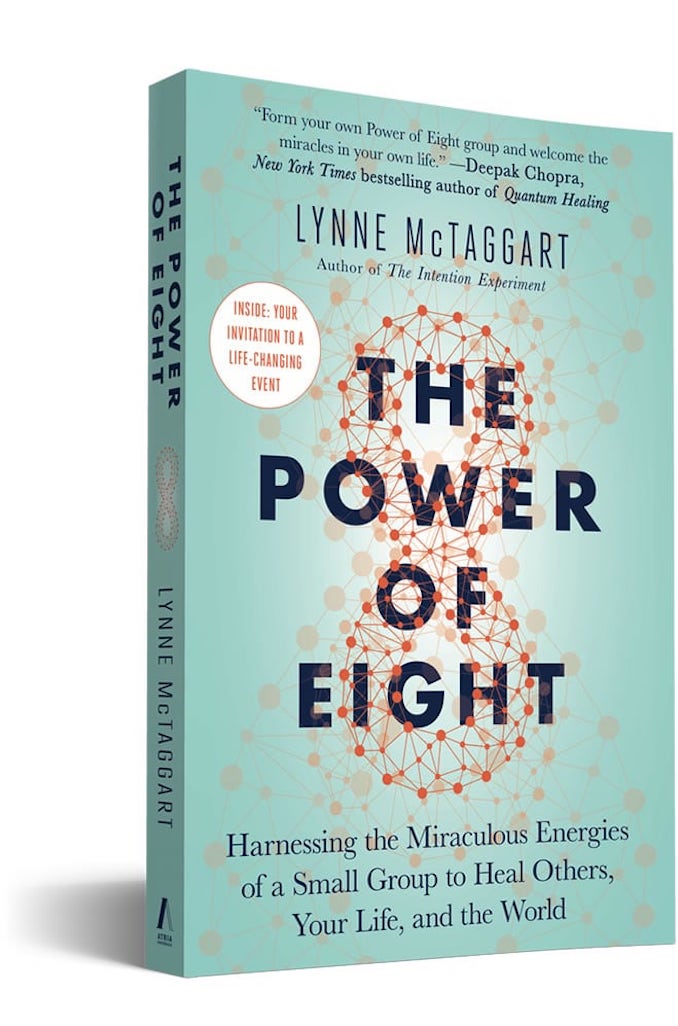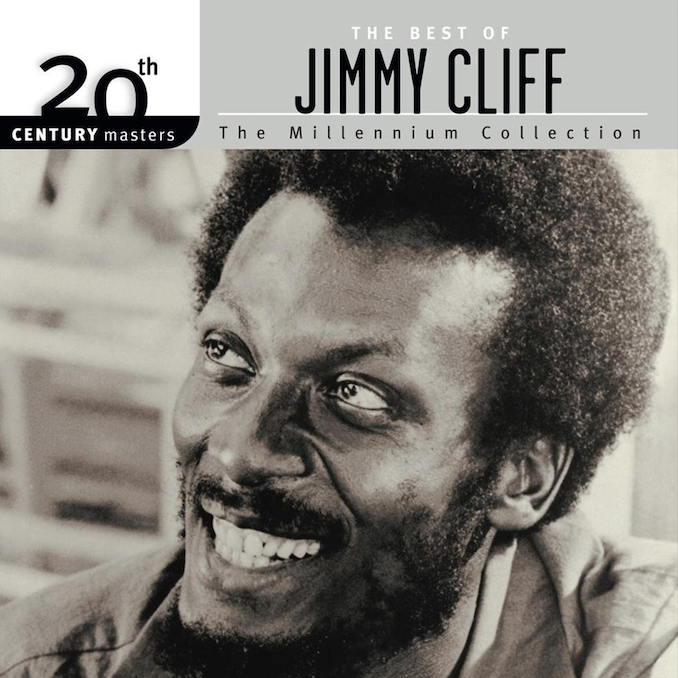“Rachel Chu: So your family is rich?
Nick Young: We’re comfortable.
Rachel Chu: That is exactly what a super-rich person would say.”
~ Dialog from the movie Crazy Rich Asians
By Nina Heyn, Your Culture Scout
You don’t need statistics to enjoy a comedy but here it is anyway. There are 637 billionaires in Asia, 594 out of them in China alone. They are often young and they became so rich within the last 10-20 years. What better way of pointing this financial fact out than through a romantic comedy that is now lighting up screens across the U.S.
Crazy Rich Asians is a romantic tale about Rachel (Constance Wu), a New York professor of economics who has been dating a handsome history professor Nick Young (Henry Golding) and who suggests that they visit his family while attending a wedding in Singapore. What he neglects to mention is that his family is rich. Crazy rich. Rachel discovers that in the private suite of a first-class cabin and soon after landing her friends make her aware that she has entered an entirely different, private world of billionaires. From the point of view of a sensible Rachel things get even worse – Nick’s family owns a big chunk of Singapore and he is expected to take his place in the family empire. As a middle-class Asian-American (“you are like a banana – yellow on the outside and white on the inside” says her best friend), Rachel is not what this family needs. This is brought to her attention in no uncertain terms by Nick’s mother (Michelle Yeoh) – a formidable woman who runs the family with an iron hand holding a designer purse. Rachel has also a target on her back amongst the Singaporean socialite girls who all hope to marry the most eligible bachelor in town.
While this kind of story has been told before in movies ranging from Cinderella to Pretty Woman, from Pride and Prejudice to Roman Holiday and from Maid in Manhattan to Prince and Me, the importance of the movie is not so much in the story itself but how it is being told: with all-Asian cast for non-Asian audiences worldwide. In Hollywood, this is an exhilarating milestone.
Crazy Rich Asians is the first US movie featuring an all-Asian cast since Joy Luck Club came out in 1993. Asian Americans are buying out entire screenings, offering on social media to buy a ticket for anyone who wants to see this movie, and they are bringing their families or groups of friends even if they have not gone to see a movie in years. The director John M. Chu turned down a lucrative production offer from Netflix to ensure that the movie gets a proper wide theatrical release though Warner Bros. Social media is full of postings by various people of Asian descent whose sentiment is the same: “finally a Hollywood movie with Asian cast!” For anyone with Asian heritage but living outside Asia, this is like a breath of fresh air. Typically, a major US movie would have one or two Asian actors, cast either for some outstanding martial arts skills (e.g. Jackie Chan or Jet Li) or an exotic beauty (e.g. Fan Bing Bing or Zhang Zi Yi), or even a combination of both: beauty and martial skills (Michelle Yeoh). Crazy Rich Asians incites so much interest precisely because the entire cast is Asian, with principal roles given to Constance Wu- a comedy actress in the extremely popular TV show Fresh Off the Boat, Henry Golding- a Malaysian TV presenter debuting on big screen, Michelle Yeoh – the world famous and glamorous star of blockbusters and arthouse gems alike, Ken Jeyong – a popular American comedy actor, Lisa Lu – a marvelous doyenne of Asian American actors who starred in Joy Luck Club, Awkwafina –a popular rapper and actress last seen in Ocean’s Eight, and Gemma Chan – a British actress recently seen in the Sherlock TV show.
Moreover, the movie is a labor of love for the creators of this film who are of Asian-descent: writer Kevin Kwan, co-screenwriter Adele Lim and the director John M. Chu. Thanks to them, the movie is full of authentic-feeling scenes of some distinctive rituals of most of the Chinese households. One is a game of mah-jong with its traditional way of building and distributing the wall of tiles and even though these days tiles are made of plastic (in the olden days they used to be made of ivory or bone with bamboo backing) they still make a delightful clacking sound when the tiles as shuffled. The game in the movie has been staged to reflect a power play between Rachel and Nick’s mother who are exchanging subtle messages of family sacrifice and duty. Another ritual is a tradition of the whole family making holiday dumplings where everyone has their own way of pinching the dough, everyone has their own favorite filling, and even the young kids are encouraged to participate.
These traditional customs are mixed with thoroughly modern and global pursuit of latest designer fashion and fun in exotic locations. Filmed in Singapore and Malaysia, locations highlight the incredible skylines, harbor views, luxury resorts and vacation islands. This being a story of the crazy rich, there is no lack of high couture gowns (check out Michelle Yeoh’s Valentino gown or Gemma Chan’s pink dress from Dior), many-carat jewels (the most important prop in the movie is Yeoh’s own emerald ring) and one-of-a-kind handbags. Since the real ultra-rich crowds would not be caught dead in any off-the rack outfits, the visuals in this movie are at whole another level as far as the fashion quotient goes. The Devil may wear Prada but Asian billionaire daughters often wear things much more exclusive than that.
Asia new riches brought in a whole new level of a global demand for luxury goods, even if recent tax scandal around the Chinese stars salaries has made things a bit difficult for international luxury brands. Even if the comedy setting is an artistic exaggeration, the core message rings very true. The age of Asian consumer has arrived and it will dictate commerce activities, entertainment trends, marketing behaviors and financial markets for years to come. What better and more pleasant way to observe this new world than through the light and colorful world of Crazy Rich Asians.
The film has opened to almost $35M in the U.S. with a high per screen average and a strong word of mouth. For a movie that is making such a stir in Hollywood, a sequel will not be far behind. Kwan wrote two more books in the series, populated with celebrity internet bloggers, scheming society ladies and powerful tycoons from the mainland. Personally, I am voting to invite for sequels all the great Chinese stars that graced various Hollywood movies in the last few decades such as Jackie Chan, Chow Yun Fat, Jet Li and Donnie Yen, Joan Chen and Maggie Cheung or even 89-year-old James Hong.
Check It Out!







It was mostly based on your Culture Scout’s review of this film that I went with kin and friends the other day to see this. Really had a great time at the cinema again, and haven’t laughed so hard in such a looong time. Needed that cathartic laughter after the sordidness and deep disappointments with the actions/inactions of Catholic Church leaders last few weeks- and years- and decades! Thank you for a well-informed review of a really fun movie! We – Filipino, Mexican, Caucasian – all enjoyed it! (Although now I wish I knew mahjong so I could understand the finer nuances in the “showdown”!) There were many details in the review that I did not know or pick up from other usual review outlets. THANK YOU for this!
From Your Culture Scout:
How nice!
If the lady really wants to know the intricate symbolism of the mah jong scene, my friend adapted excerpts from a post about this scene (which I unfortunately read AFTER I posted my FFTS). The scene does not exist in the book but it adds a lot to the movie if you know what to look for.
What the climactic mahjong scene means
In the movie, the mahjong scene takes place in a pivotal scene after our protagonist Rachel Chu, played by Constance Wu, has been rejected by her boyfriend Nick’s mother, Eleanor (played by Michelle Yeoh). This is because Eleanor learns that Rachel was born to a single mother who fled China for the States. However, unbeknownst to Eleanor, Nick has gone against his mother’s wishes and proposed to Rachel anyway.
In the mahjong scene, Rachel and Eleanor go head to head right after this stunning twist. Rachel invites Eleanor to meet with her at a mahjong parlor — a gambling house frequented mostly by working- or middle-class older folks who rent tables by the hour. The persistent clacking of tiles is a sound familiar to anyone who has been around people playing mahjong.
When Eleanor arrives, she takes the open seat across from Rachel and is offered the role of dealer — the “East” seat. The four seats in mahjong are named after the compass directions, which plays an important role both in the rules of the game and in the symbolism of the scene. Eleanor, in the role of the “East,” representing Asia, is the player in control. Rachel, sitting across from her, represents America — the “West.”
Early in the scene, Eleanor completes a “pong,” or a matched set of tiles. This move demonstrates that Eleanor plans to win using the strategy of matched tiles, and she’s making Rachel aware. In this moment, Eleanor tells Rachel that her mother taught her how to play too.
As the conversation continues, Rachel asks Eleanor why she didn’t like her from the very beginning — even before her family history was revealed. Eleanor expounds on the difference between Asians and Americans, noting how even though Asian Americans look Asian, they are American at heart. Referencing a Hokkien term that means “our kind of people,” she says that Asian Americans are not kaki lang. Remember, in this game, Eleanor is trying to create a winning hand comprising all matches of the same exact tile — an “extended family” that’s metaphorically composed of kaki lang.
The camera then cuts to show a number of discarded bamboo tiles. Discarded bamboo calls to mind a frequently used term for Westernized overseas Asians, this one Cantonese: jook sing, which literally means “empty bamboo.” It’s a slang term that’s the Chinese equivalent of the Asian-American term “banana” — yellow on the outside, white on the inside — cited earlier in the film by Peik Lin (the frenetically hilarious Awkwafina). The “empty” bamboo tiles are scattered alongside the tiles for East and West, not truly part of either, representing Eleanor’s perception of Rachel.
At this point, Rachel drops the bomb on Eleanor that Nick proposed to her, telling her that he said he’d be willing to walk away from everything — his family, his family’s wealth — to be with her. Right as Rachel is saying this, she draws the most important tile in the game: an eight of bamboo.
The number eight is of huge symbolic importance to the Chinese.
While an eight doesn’t have special value in the game of mahjong, we see that the eight of bamboo is also the one tile Rachel needs to complete her hand. This is a winning tile for her. But Rachel knows something else, based on her observation of how the game has played out (remember, she’s a game theory professor!): It’s Eleanor’s winning tile too.
She then discloses to Eleanor that she turned Nick down. Eleanor is dumbfounded. “Only a fool folds a winning hand,” she says, referring to Nick’s proposal.
This is critical, because in the very first scene of the movie, Rachel demonstrated through a poker game with one of her TAs that to be successful in any game where psychology and choice are a factor, you can’t play “not to lose” — you have to play to win.
Rachel explains: When it comes to her marriage with Nick, Eleanor has guaranteed there’s no winning outcome for them. Nick choosing Rachel means he’d lose his mother and his family. Nick choosing his family means he might resent Eleanor forever — thus losing his mother anyway. Lose-lose.
So she decided to seize control of the situation and choose for him. But she doesn’t want it to happen without Eleanor knowing exactly why it’s happening and what Rachel is giving up to make it possible.
She tells Eleanor that she knows Nick will eventually find someone else, someone that his family approves of — that’s what every generation of Youngs has done before him, after all. And while her own heart will be broken, as she says, she loves him so much that she is willing to suffer if it means that Nick will keep the thing that is at the heart of Asian culture, and of his story: his family.
That’s when Rachel throws out the eight of bamboo as a discard — folding her winning hand, knowing that Eleanor will pick it up and declare victory. While this happens, she explains that when Nick finds the proper match in the future, she wants Eleanor to understand that the only reason it occurred was because a “poor, raised by a single mother, low-class immigrant nobody” — Rachel — made it possible.
She then reveals her hand, which would have won, making it clear to the whole table what she’s done, and walks away.
In this move, Rachel has demonstrated to Eleanor three critical things. The first is that she loves Nick enough to put his future ahead of hers. The second is that she understands that family should always come first, something that Eleanor suspected she didn’t comprehend as a jook sing Asian American. And the third is that Rachel is strong, self-sacrificing, and courageous — a lot like Eleanor herself. Instead of “never being enough” for Nick, a line Eleanor uses to surgically destroy Rachel in an earlier scene, she’s most likely exactly what Nick needs.
This essay was adapted from a post on Angry Asian Man.
But the main thing for anyone who is into Chinese culture is the rituals of the game (wall building etc.) that are so familiar and appropriate in a scene about who will dominate or who will duck first.
Personally, this brings one of my earliest memories. I grew up with the click-clack of mah jong tiles played on a table above me as I was playing on the floor.
Thank you for the in-depth explanation of the mahjong scene! I think I MUST learn to play the game next time I meet with some old pals in a few months! There is so much more to the symbolism of the movie so that I feel I need to see it again to pick them all up!
Nice article. Really enjoyed the movie. It’s the kind of picture you come out of feeling better than you went in.
From “Your ~Culture Scout”
“ Thank you for your kind comment. This why this column is called “Food for the Soul.” I only write about something beautiful or soothing or at the very least important for culture. There is enough unhappiness in the world. No need to add by recommending something that is stressful.”